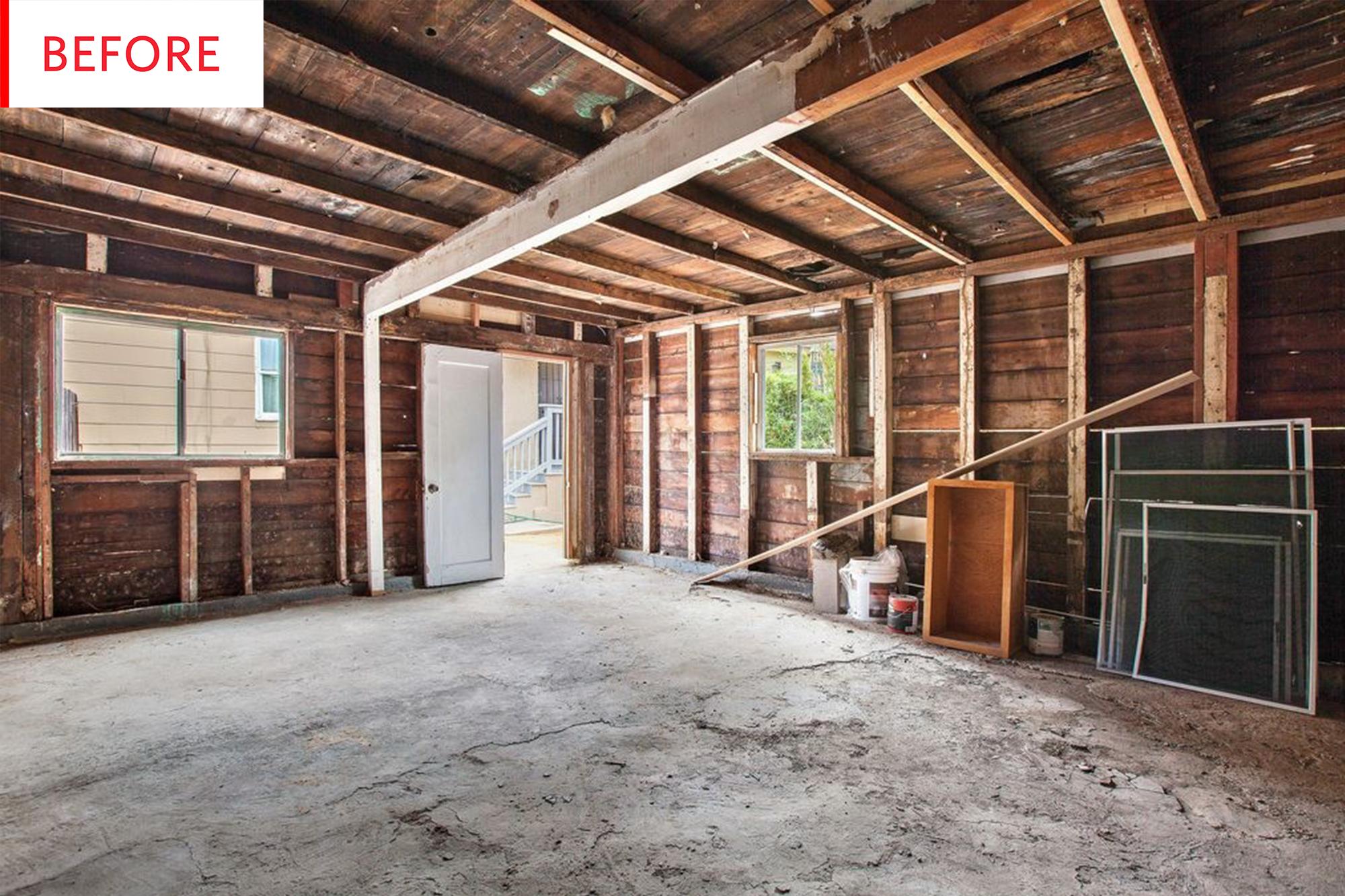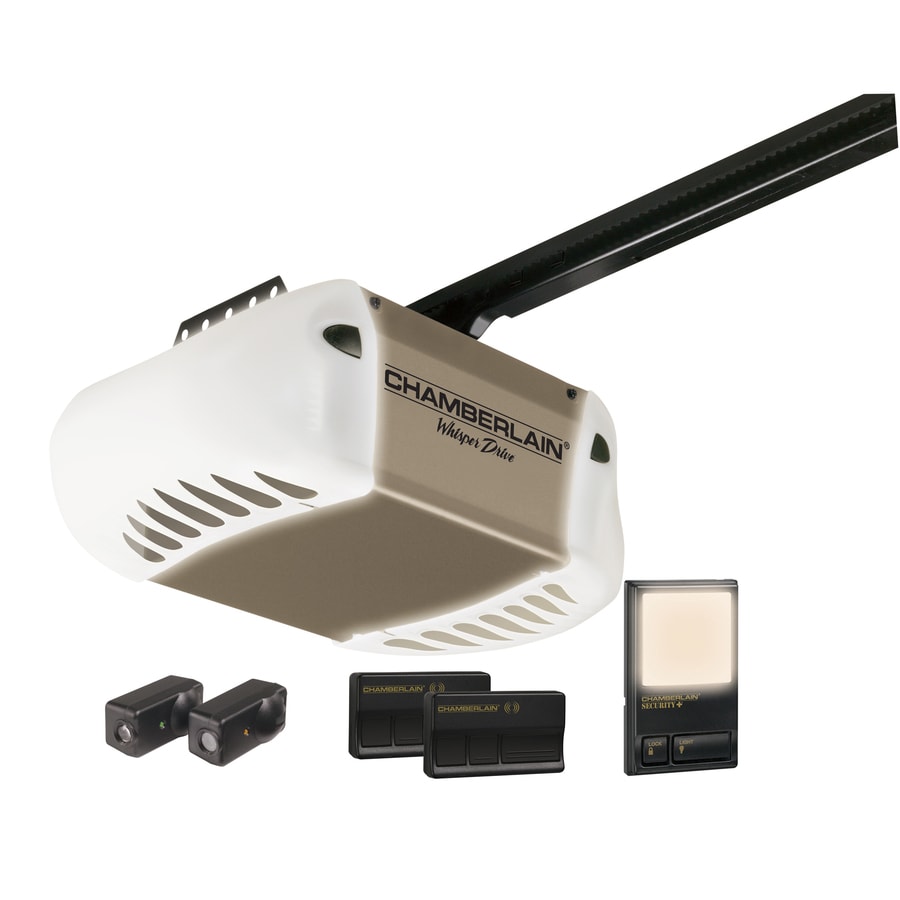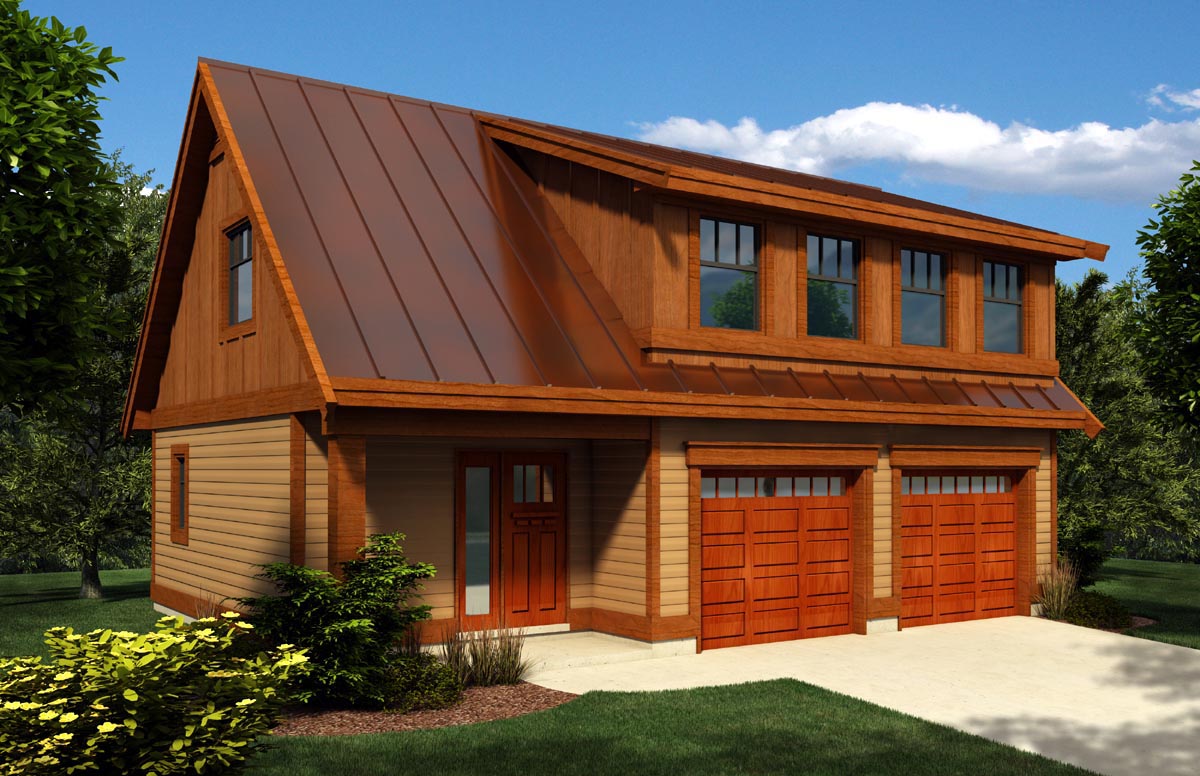
Deep garage shelving can be a great way of making the most out of your storage space. Whether you want to store boxes, coolers, or even holiday decorations, these shelves will allow you to get much more out of your garage.
How to choose Garage Shelving
Before you buy any garage shelving, it's important to measure the length and depth of your space. This will help determine which garage storage shelving will be most effective for your needs. There are many options available, including adjustable and fixed shelving. Some shelves can be used to store larger items, while some are more suitable for smaller items.
The Most Popular Styles of Garage Shelving
There are many types and styles of garage shelving available. It is important to understand what you are looking at. A variety of styles and designs are popular, including corner units, a floor-to–ceiling system, or shelving that can be attached on to your garage walls. A shelf system that includes a workbench is also an option.
Attached Shelves
You can add shelving to your garage with a 2x4 wall mounting system. This is a quick, simple, and cost-effective way. These systems can easily be assembled at any home improvement store.

Garage storage shelving is easy to customize by changing the height and width of the brackets. For more storage, you can also adjust how far apart the brackets are.
These systems can be mounted on any wall. They are usually attached to the studs using screws. They require no tools and are very easy to set up.
They can also withstand heavy weight and are extremely strong. Some can carry 600 pounds. This makes them an excellent choice to store heavy items.
Fleximounts 3-Tier Adjustable Rail Shelves
These shelving units can adjust to suit a range of storage requirements and heights. They feature vertical metal tracks that fit into slots on the wall, and brackets to lock the shelves into place. They are usually made of steel wire to withstand heavy loads.
Another option for garage shelving is a freestanding wooden unit. These units are simple to assemble and can be moved around as needed. However, they may not be as durable than wall-mounted shelves.

Kits that include all the hardware necessary to make wooden shelving are available. Make sure to review the instructions for each kit to make sure you have everything you need.
A 24 inch deep shelf will give you plenty of space to store boxes, totes and other large items. It can keep your items off the ground and help you avoid accidents.
This shelf is an excellent way to organize your garage, and keep your items safe. This shelf can be used for small appliances, tools, or any other storage you require.
FAQ
How much does it cost for a shower to be tiled?
If you're going to do it yourself, you might as well go big. It's an investment to remodel a full bathroom. If you think about the long-term advantages of having a gorgeous space for years to follow, it makes good sense to invest quality fixtures.
The right tiles will make a big difference in the way your room feels and looks. This quick guide will help with your selection of the best tiles, no matter if you're looking for small or big projects.
First, decide which type of flooring you'd like to install. Common choices include ceramics and porcelain as well as stone and natural wooden. Next, pick a style like classic subway tiles or geometric designs. Select a color palette.
You'll probably want to match the tile to the rest of the room for a large bathroom remodeling job. For example, you may opt for white subway tile in the kitchen and bath area while choosing darker colors in other rooms.
Next, estimate the scope of work. Do you think it is time to remodel a small powder-room? Or would you rather add a walk-in closet to your master suite?
Once you've determined the project's scope, visit local stores and check out samples. This way, you can get a feel for the product and its installation techniques.
Finally, shop online for great deals on ceramic and porcelain tiles. Many retailers offer free shipping and discounts on bulk purchases.
What's the difference between a remodel or a renovation?
A remodel is major renovation to a room, or a portion of a rooms. A renovation is minor changes to a room, or a portion of a bedroom. A bathroom remodel, for example, is a major undertaking, while a new sink faucet is minor.
Remodeling involves replacing a complete room or a part of a entire room. A renovation involves only changing a portion of a room. Kitchen remodels can include changing countertops, sinks, appliances and lighting. However, a kitchen renovation could include changing the color of the wall or installing a light fixture.
What is included in a full-scale kitchen remodel?
A kitchen remodel includes more than a new faucet and sink. There are cabinets, countertops as well, lighting fixtures and flooring.
Full kitchen remodeling allows homeowners to make small changes to their kitchens. The contractor and homeowner will be able to do the job without any demolition, which makes the project much easier.
There are many services that can be done to your kitchen, including plumbing, electrical, HVAC, painting, and carpentry. Complete kitchen remodeling may require multiple contractors, depending on how extensive the renovation is.
The best way to ensure a kitchen remodel goes smoothly is to hire professionals with experience working together. Kitchen remodels are complex and can be delayed by small issues. DIY projects can cause delays so make sure you have a backup plan.
What are the most expensive expenses for remodeling a kitchen.
There are several major costs involved in a kitchen remodel. These include demolition, design fees, permits, materials, contractors, etc. These costs seem small when you look at them individually. However, when you combine them all, they quickly add-up to become very large.
The most expensive cost is probably the demolition. This includes removing cabinets, countertops and flooring. The insulation and drywall must be removed. You will then need to replace them with new items.
The next step is to hire an architect to design the space. The permits will be required to ensure the project complies with building codes. The final step is to find someone to carry out the actual construction.
Once the job is complete, you will need to pay the contractor. Depending on the size of the job, you could spend between $20,000 to $50,000. This is why it's important to get estimates form multiple contractors before hiring one.
Plan ahead to cut down on some of these costs. You may be eligible to get better prices on materials, or you might even be able skip some of your work. If you know what needs to be done, you should be able to save time and money during the process.
For example, many people try to install their cabinets. They believe this will save money, as they won’t have to hire professional installers. However, this can lead to them spending more to learn how to place cabinets. Professionals can typically complete a job in half the time it would take you.
You can save money by buying unfinished materials. You should wait until all of the pieces have been assembled before you buy pre-finished items like cabinets. You can use unfinished materials immediately if you buy them. You can always make a change if things don't go as you planned.
Sometimes, however, it's not worth all the effort. Remember: the best way to save money on any home improvement project is to plan.
Are there any savings on a remodel of a bathroom or kitchen.
Remodeling your bathroom or kitchen is expensive. However, when you consider how much money you pay each month for energy bills, upgrading your home might make more sense.
Small upgrades can help you save thousands of dollars per year. Simple changes such as insulation in ceilings and walls can help reduce cooling and heating costs by up to 30%. Even a small addition can increase comfort and resale values.
The most important thing to keep in mind when planning for renovations is to choose products that are durable and easy to maintain. Material like porcelain tile, stainless-steel appliances, and solid wood flooring are more durable and can be repaired less often than vinyl or laminate countertops.
You might find that upgrading to newer fixtures can cut down on utility costs. Low-flow showerheads or faucets can help reduce water usage by up 50 percent. Compact fluorescent bulbs can be replaced with inefficient lighting to reduce electricity consumption by as much as 75 percent.
Why remodel my home when I can buy a brand new house?
While houses may get more affordable each year, the square footage you pay is still the same. You will pay more for the extra square footage, even though you might get more bang for you buck.
A house that isn't in constant maintenance costs less.
Remodeling instead of buying a brand new home can help you save thousands.
Remodeling your home will allow you to create a space that is unique and suits your life. Your home can be made more inviting for you and the family.
Statistics
- 57%Low-end average cost: $26,214Additional home value: $18,927Return on investment: (rocketmortgage.com)
- Following the effects of COVID-19, homeowners spent 48% less on their renovation costs than before the pandemic 1 2 (rocketmortgage.com)
- bathroom5%Siding3 – 5%Windows3 – 4%Patio or backyard2 – (rocketmortgage.com)
- $320,976Additional home value: $152,996Return on investment: 48%Mid-range average cost: $156,741Additional home value: $85,672Return on investment: (rocketmortgage.com)
- Windows 3 – 4% Patio or backyard 2 – 5% (rocketmortgage.com)
External Links
How To
How to remove tile grout from floor tiles
Most people are unaware of tile grouting. It is used in sealing joints between tiles. There are many types of grout available today. Each one has a different purpose. Here we will show you how to remove tile grout from floor tiles.
-
Before you can begin the process, ensure that you have all necessary tools. You will need a grout cutter and grout scraper.
-
Now you must clean any dirt or debris under the tile. You can use the grout cutter to remove grout from the tiles and scrape off any remaining pieces. You must be careful not to scratch any tiles.
-
After everything is cleaned up, use the grout scraper for any remaining grout. If no grout is left over, you can proceed to step 4.
-
Now you can get on with the next step. Make sure to take one of the rags out and soak it in water. Make sure that the rag is completely wet. When the rag has become soaked, wring it out, so that excess water stays inside the rag.
-
Place the wet cloth on the joint where the tile meets with the wall. You should press the rag down until the grout is separated. Slowly pull down on the rag until it is pulled towards you. Continue pulling it backwards and forwards until all the grout has been removed.
-
Repeat steps 4 to 5 until grout is gone. Rinse the ragout, and repeat the process if needed.
-
After you have removed all grout, rub the tiles with a damp towel. Let dry completely.